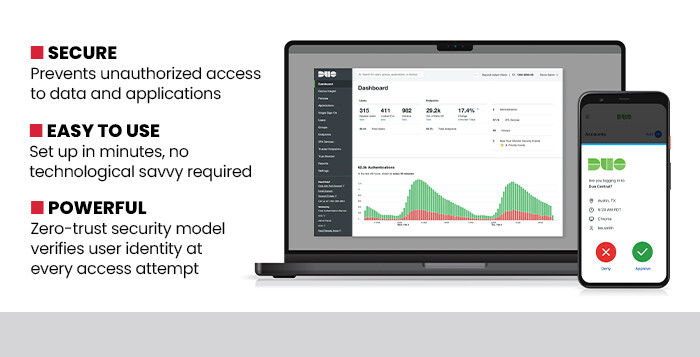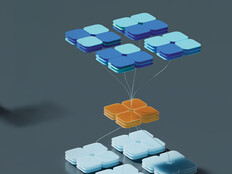At the core of Cisco Duo’s MFA capabilities is the requirement that users provide two or more verification methods before they can access sensitive information or applications.
For colleges and universities, where thousands of students and staff access various systems and data daily, using Duo addresses a significant number of potential attack vectors and mitigates the risks associated with unauthorized access.
Using a zero-trust security model, Duo verifies user identity during every attempt to access network resources, helping protect higher education institutions from identity-related security breaches. By using push notifications to mobile devices to verify users, institutions boost cybersecurity postures against common threats such as phishing, ransomware and theft.
Cisco Duo Works With Tools Already in Place
On a recent trip to a conference in Las Vegas, I used Duo and was left impressed by two additional features:
Integration With Existing Systems. As an IT administrator, the worst thing that I ever had to manage was integrating new solutions into an existing ecosystem of applications and tools. Implementing new security measures in particular is daunting, to say the least. What’s great about Cisco Duo is its seamless integration with thousands of applications and services commonly used in educational settings. This compliance even extends to learning management systems, which are often proprietary or built by a hosted vendor with its own protocols and workflows in place. From cloud storage solutions and administrative software to LMSes, payroll and back-end systems, Duo enhances security without disrupting current workflows or protocols.
Easy as ABC. It took just minutes to get secure access to resources. In educational settings, which often include varying levels of tech-savviness, this simple set up minimizes disruption while maximizing effectiveness. The key to this simplicity is Cisco Duo’s intuitive interface, which pares down the steps needed to complete the authentication process. For example, upon setting up the Duo for the first time, users are asked to choose either a passkey or the Duo Mobile App. I timed each one, using both at home and while traveling from Las Vegas to San Francisco for work. At no point in my journey did I experience an issue using either method. Each takes about the same time to set up (around two minutes). Within eight minutes, I was fully set up in the system through both methods of identification. More important, resetting the system was easy to do as well, and required no IT administrator intervention.












